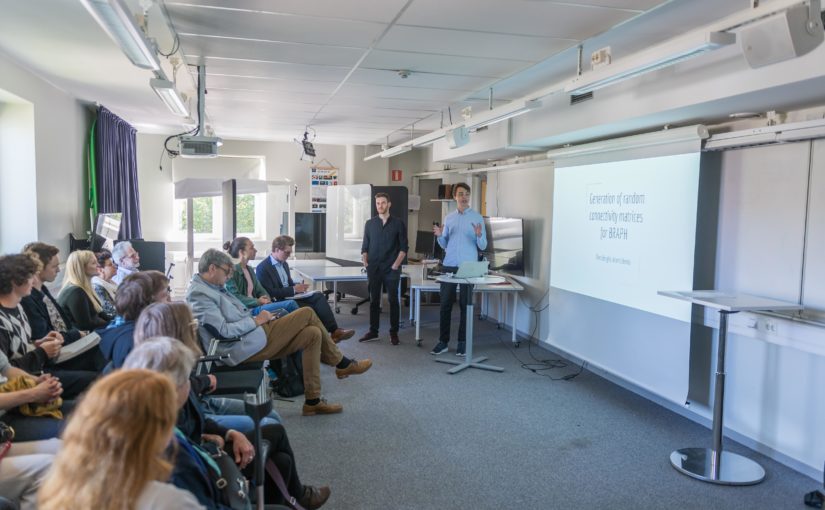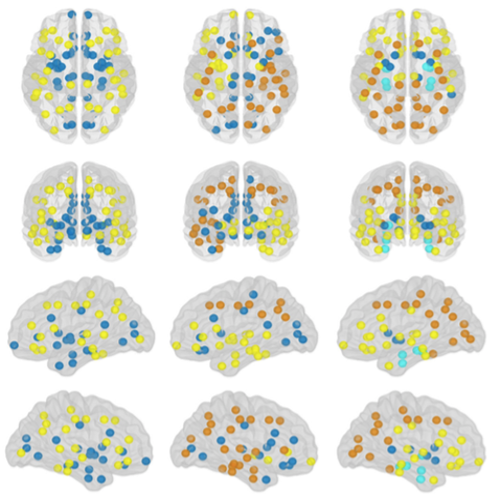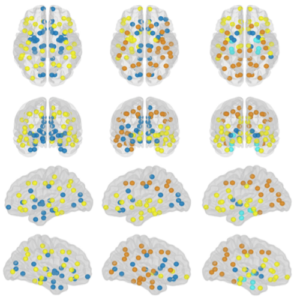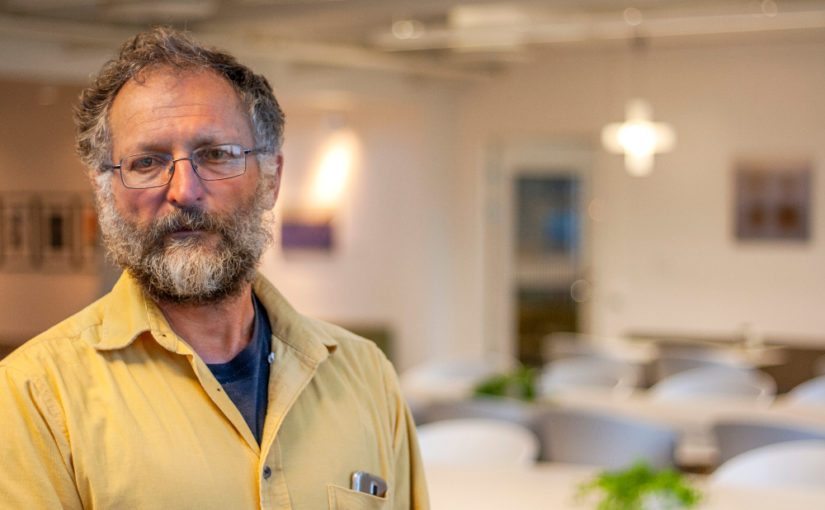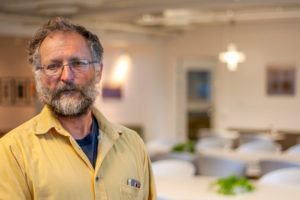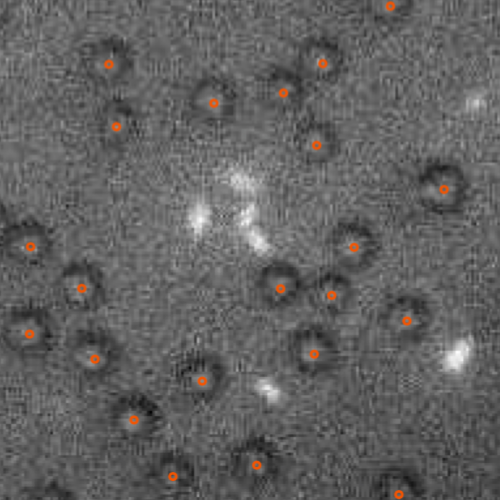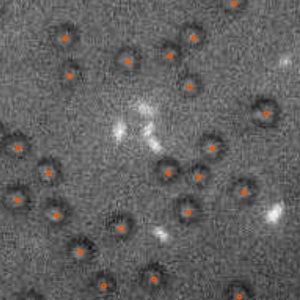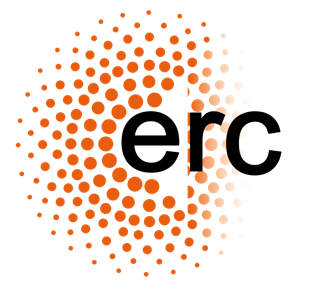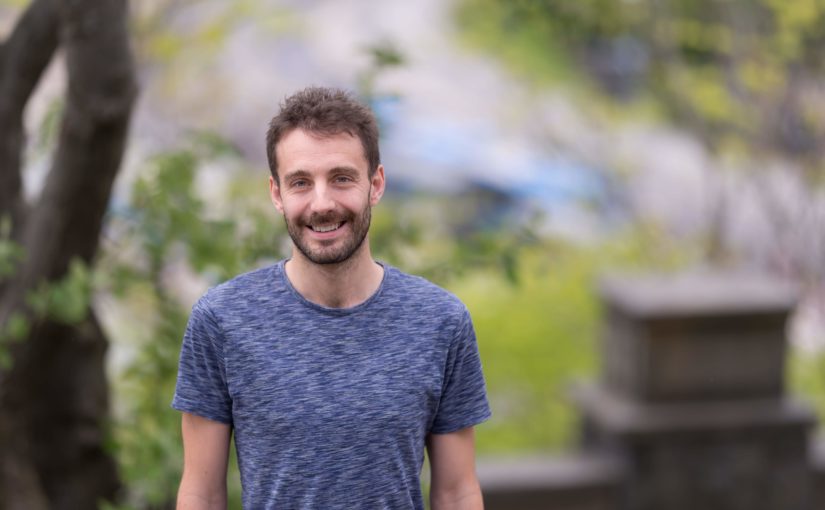Theo Berglin & Adam Liberda defended their Master thesis in Complex Adaptive Systems at Chalmers University of Technology on 31 May 2019
Title: Generation of random connectivity matrices for BRAPH
The proportion of the population suffering from neurodegenerative diseases such as Alzheimer’s and Parkinson’s disease is increasing. Recent studies suggest that graph theory measures can be used as biomarkers in early stages of the diseases enabling researches to study spread and aiding inhibiting drug discovery. BRAPH is an object oriented and easy to use software for analyzing brain connectivity using graph theory. A bottleneck in the analyzis of brain connectivity using graph theory is a degree, strength and weight preserving randomization function. We have developed a new method with a speed improvement in the magnitude of 105 to 106 compared with the original method of Brain Connectivity Toolbox (BCT). The method is working for graphs consisting of up to 105 nodes and is verified to be equally random as the original method of BCT for sparse graphs. A speed improvement in the magnitude of 106 is equal to going from 1000 years to 8 hours.
Name of the master programme: MPCAS – Complex Adaptive Systems
Supervisor: Giovanni Volpe, Department of Physics, University of Gothenburg
Examiner: Giovanni Volpe, Department of Physics, University of Gothenburg
Opponent: Jens Wilhelmsson, MP Complex Adaptive Systems, Department of Physics, Chalmers University of Technology
Place: Faraday room
Time: 31 May, 2019, 13:00
